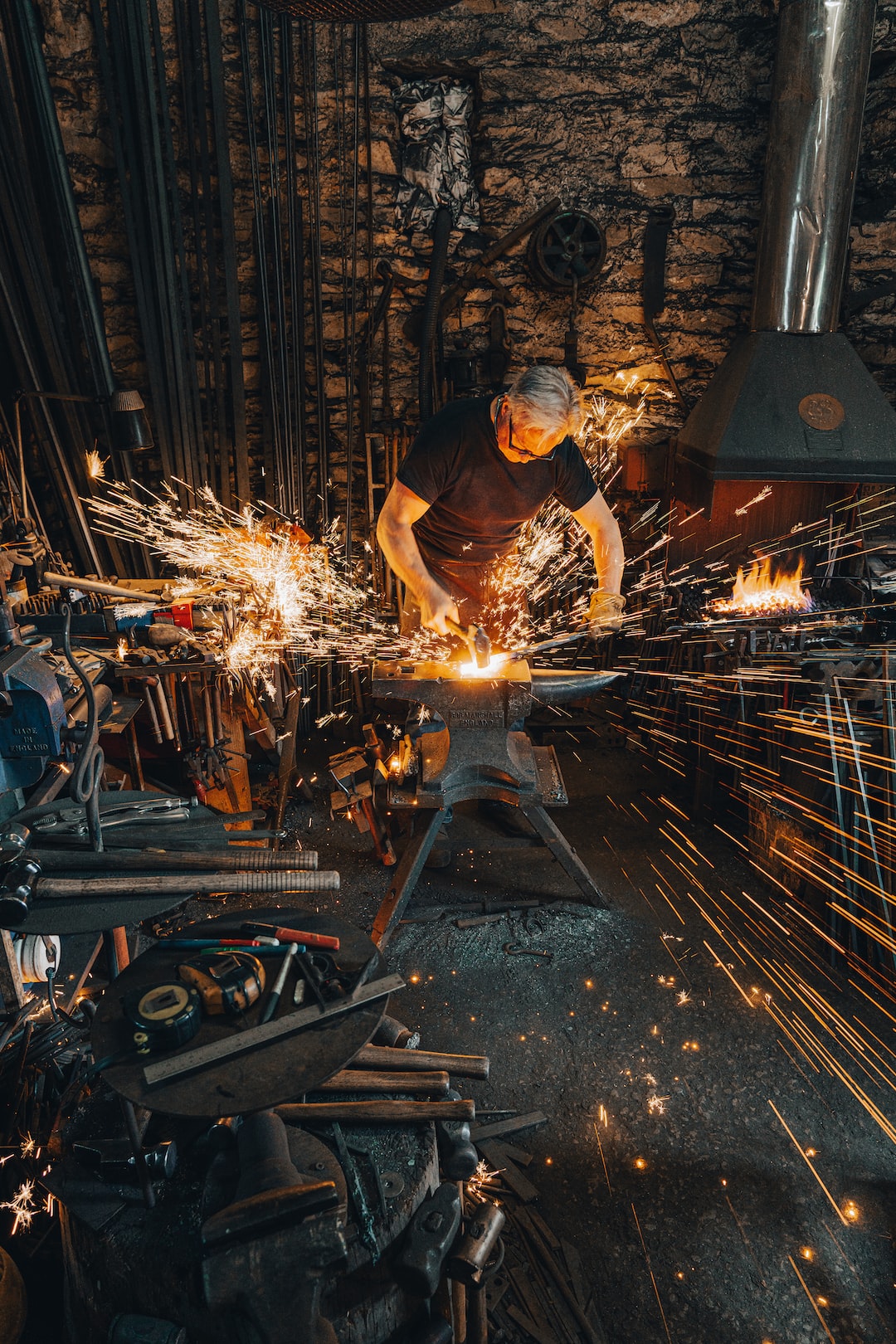Mitigating Risks in Manufacturing: A Guide for Businesses
Manufacturing businesses face a multitude of risks that can significantly impact their operations, profitability, and reputation. From equipment failure and supply chain disruptions to regulatory compliance issues, these risks can pose serious challenges to the success and growth of a manufacturing enterprise. Therefore, it is essential for businesses operating in the manufacturing sector to have robust risk mitigation strategies in place. In this blog post, we will explore some effective strategies for mitigating risks in manufacturing.
1. Conduct a comprehensive risk assessment:
The first step towards mitigating risks in manufacturing is to conduct a comprehensive risk assessment. This involves identifying and analyzing potential risks across various areas of the manufacturing process, including raw material procurement, production, quality control, and distribution. By understanding the specific risks facing your business, you can develop appropriate strategies to address them.
2. Diversify your supply chain:
Supply chain disruptions can have significant ramifications for manufacturing businesses. To mitigate this risk, it is crucial to diversify your supply chain by collaborating with multiple suppliers, preferably across different geographical regions. This can help reduce dependence on a single supplier and decrease the impact of disruptions caused by unforeseen events such as natural disasters, political instability, or economic downturns.
3. Implement regular equipment maintenance and inspections:
Equipment failure can result in costly downtime and production delays. To minimize this risk, it is essential to implement regular equipment maintenance and inspections. Establishing preventive maintenance schedules, conducting routine inspections, and promptly addressing any identified issues can help ensure that your manufacturing equipment is in optimal condition and running efficiently.
4. Train and educate employees on safety protocols:
Safety risks are prevalent in the manufacturing industry, and accidents can not only harm employees but also lead to financial and reputational damage for the business. Effective risk mitigation requires training and educating employees on safety protocols and procedures specific to the manufacturing environment. Regular safety training programs, clear communication of safety guidelines, and implementing standard operating procedures can significantly reduce the likelihood of accidents and injuries.
5. Stay updated on regulatory compliance requirements:
The manufacturing industry is subject to various regulatory compliance requirements, such as environmental regulations, labor laws, and product safety standards. Failing to meet these requirements can lead to legal consequences, fines, and reputational damage. To mitigate regulatory risks, businesses must stay updated on the evolving regulations affecting their operations. Establishing a dedicated compliance team or partnering with external experts can ensure that your business remains in compliance with all relevant laws and regulations.
6. Build strong relationships with key suppliers and customers:
In any business, relationships matter. Building strong relationships with key suppliers and customers can help mitigate many risks in manufacturing. A trusted supplier can provide reliable and high-quality raw materials, reducing the risk of production issues. Similarly, maintaining strong relationships with your customers can help secure long-term contracts and provide valuable feedback on product quality, demand fluctuations, and market trends.
7. Invest in technology and automation:
Advancements in technology have revolutionized the manufacturing industry in recent years. Investing in technology and automation can help improve production efficiency, reduce the risk of human error, and enhance overall operational resilience. Technologies such as robotics, artificial intelligence, and data analytics can streamline manufacturing processes, improve quality control, and aid in predictive maintenance, thereby mitigating various risks.
8. Continuously monitor and assess risk:
Risk mitigation is an ongoing process, and it is essential to continuously monitor and assess risks to stay ahead of potential threats. Regularly review your risk mitigation strategies, update them as needed, and establish a culture of risk awareness within your organization. Encourage employees to report any potential risks or issues they identify, and ensure open lines of communication throughout the organization to address and resolve these concerns promptly.
In conclusion, mitigating risks in manufacturing is essential for ensuring the long-term success and sustainability of businesses in this industry. By conducting a comprehensive risk assessment, diversifying the supply chain, implementing equipment maintenance and safety protocols, staying updated with regulatory compliance, building strong relationships, investing in technology, and continuously monitoring risks, manufacturers can proactively address potential threats. Embracing these risk mitigation strategies will help businesses navigate challenges, minimize disruptions, and maintain a competitive edge in an ever-evolving manufacturing landscape.

